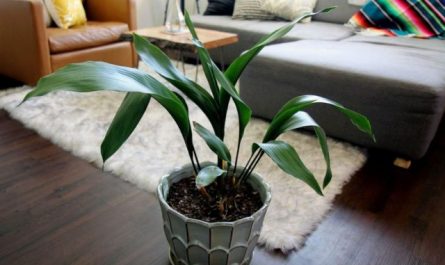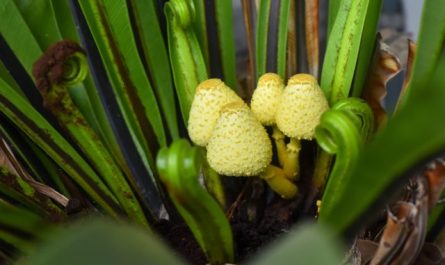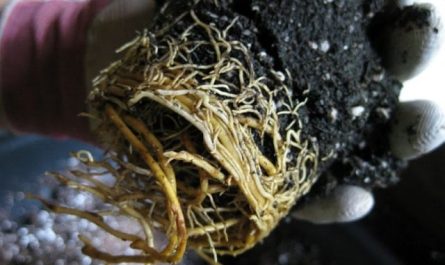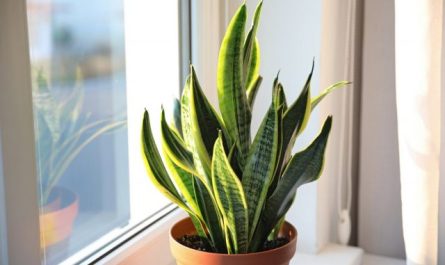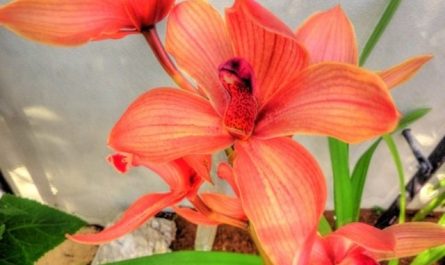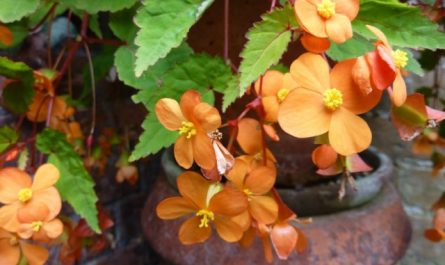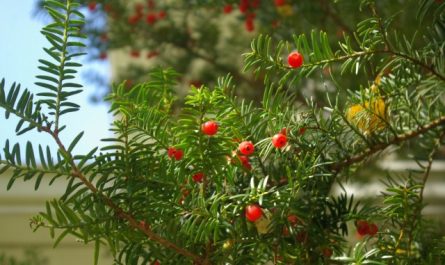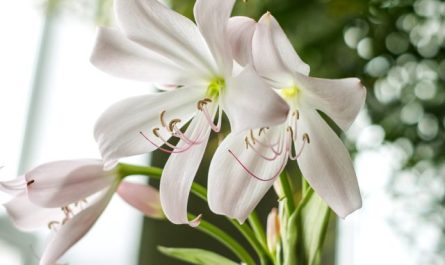Feathered creatures — thrushes, rooks and crows — have a well-deserved negative reputation among gardeners. On balconies, however, damage to gardeners is caused by sparrows, tits and pigeons, which peck flowers, seeds or plant shoots. No one wants to lose the fruits of their labor, but at the same time we do not want to harm the birds. In this article, we will consider the most effective and at the same time humane methods that help to discourage birds from balcony plants.

Bird net
This is the most effective strategy to ensure that the flowers grow to an age when the birds lose interest. If you decide to use netting, do not place it on the plants to avoid damaging them. Install arches or other frames. Secure the netting to the soil with wire or landscape staples and lift it carefully as the plants grow. When purchasing netting, look for options with holes less than 1 cm in diameter (they will not injure the birds). UV-resistant materials allow you to reuse them year after year.
Mylar balloons
Balloons made of glossy Mylar or reflective tape create a shiny flash of reflected light that birds hate. You’ve probably heard of hanging old CDs from trees? The same concept applies. To keep this method effective, move the balloons or tape every few days to confuse the birds.

Plastic shelters
Use upturned vegetable boxes or disposable cups with the bottoms cut out to temporarily cover tender seedlings and protect them. Covered plants will still get sun and air circulation.
Nesting prevention
Many balconies are decorated with hanging baskets in which hanging plants grow. Unfortunately, birds often consider such planters suitable for nesting. In order to prevent this, remove nesting materials as soon as you notice them. Sometimes birds understand that this may not be a suitable place and leave, but not always.

For added persuasiveness, stick toothpicks or plastic forks into the soil to make the basket unattractive for nesting. Putting nails/skewers in the pots will not only help dissuade birds from nesting there, but will also discourage them from eating the seedlings. Put enough spikes in so that the birds cannot push them away.
Essential oils
Considering that birds tend to avoid overly strong smells, soak a few cotton balls in peppermint or citrus oil and place them in the pot. An easy way to keep birds away is to place cotton balls in boxes and hanging baskets. Once placed in the basket, the balls will work as a deterrent without being noticeable from the outside.
Artificial predators
There are many devices on sale that imitate predators for birds. There are a great many variations of such “toys”: from figurines or kites to professional bird scarers. The latter, in particular, include high-tech owls. They move and make sounds that scare away potential feathered hooligans. Some gardeners put a plastic toy snake with expressive eyes in pots. As in the case of glossy balls, move artificial predators to keep birds in suspense.

Fishing line
No one really knows why this works, but the birds don’t like it. Drive small stakes into the ground around the perimeter of your balcony box, then stretch a string from one stake to the next, just above the plants. There’s something in the string that repels the birds, and it keeps them from getting close to your little flowers for a snack.
Grow plants that birds don’t like
If the birds just won’t leave your balcony alone, you can try growing plants that naturally repel them. Certain colors and smells are unpleasant for different types of birds, so depending on the type of your guest, you may be able to find a solution.

White, for example, is known to be a danger to birds. Planting lots of white flowers will help make your balcony unattractive to birds. Bright colors, on the other hand, attract birds.
Some strongly scented flowers are also disliked by some birds: lavender, eucalyptus, marigolds and lemongrass.
Sound repellant
In the area where you hang your plants, try placing wind chimes or Chinese wind chimes. The sound of wind chimes is known to repel birds and other animals. This may discourage them from nesting near your plants and visiting your balcony.
At the same time, adding a “wind chime” will also serve as a decoration, adding charm to the space. Some options are made of stainless steel or mirrored, reflective parts. Choosing a reflective material will work as a double bird deterrent.
However, keep in mind that noisy repellers are not for everyone and may be annoying to your neighbors. As an alternative, use ultrasonic repellers. They work well and are usually inaudible. These devices repel birds by emitting a high-frequency sound.
Prevent seed pecking
If you do not grow seedlings, but sow annuals directly into balcony boxes, then such plantings are subject to attacks by seed eaters. Sparrows are especially noted for this. Fresh crops can be easily protected by covering them with non-woven material. This will scare away birds and stimulate plant growth so that they quickly overcome the vulnerable stage.

Bird repellent spray
A safe and effective way to keep birds away from balcony flowers is to use a liquid bird repellent. This is done by spraying the plants with a repellent that is designed to irritate the birds without harming them. It disorients them so that they do not return to your property. By using a spray repellent, you do not have to worry about other methods that can ruin the beauty of your balcony plants.
Sympathize with the birds
If the birds are hungry, why not feed them? When hungry birds eat your seeds, try providing them with alternative resources. Placing bird food will satisfy their appetite without them having to eat the plant seeds. A bird feeder is an easy way to provide the birds with the seeds they are looking for.
No matter what you fill your feeder with, remember to keep it away from flower pots. Placing food sources away from plantings will help reduce the chances of birds discovering seeds or seedlings you’ve planted.



